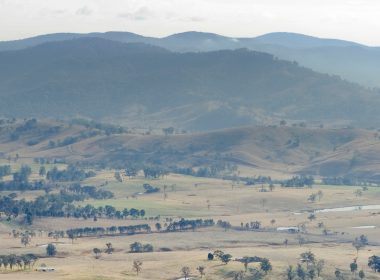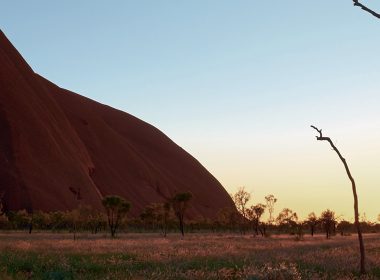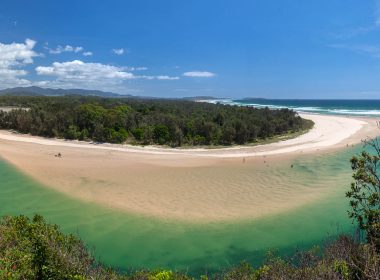Snapshot
- The Budj Bim landscape is the first site in Australia to be inscribed on the World Heritage List exclusively for its testament to Indigenous cultural heritage.
- The listing of an entire landscape, rather than a specific physical feature, demonstrates a broader movement towards recognition of the importance of preserving Indigenous cultural heritage.
- The inscription of Budj Bim begins to provide a solution to the limitations of the legal system in recognising Indigenous heritage.
The Budj Bim landscape is located on the South Western coast of Victoria and on 19 July 2019 was the first site in Australia to be inscribed on the World Heritage List exclusively for its testament to Indigenous cultural heritage.
The Budj Bim landscape consists of three distinct sections of an expansive aquifer system formed by manipulation of the grooves left by the lava flows of an ancient volcano. The Gunditjmara people have, for the past 6,600 years, used rocks to modify the volcanic landscape and used the site to cultivate short-finned eels. This surplus of food allowed the Gunditjmara to live permanently in stone huts on the landscape and trade with local tribes.
To gain World Heritage status, sites must be of outstanding universal value and meet at least one of the ten selection criteria specified by the World Heritage Committee. Budj Bim was accepted under criteria (iii), being ‘to bear a unique or at least exceptional testimony to a cultural tradition or to a civilisation which is living or which has disappeared’, and (v), ‘to be an outstanding example of a traditional human settlement representative of a culture, or human interaction with the environment especially when it has become vulnerable under the impact of irreversible change.’
As reflected in the selection criteria, Budj Bim has not been selected because of its natural beauty or spectacular landscape, as Australians have come to expect from a world heritage listed site. Rather, it is of world heritage significance exclusively because of the long and ongoing interrelationship between the Gunditjmara people and this landscape, symbolising UNESCO’s increasing recognition of the connection of Indigenous people to colonised land. Budj Bim is distinguished from other heritage listed sites in Australia which are also of significance to Indigenous peoples, such as Kakadu National Park and Uluru-Kata Tjuta, because these sites were nominated primarily for their exceptional natural features, the existence and cultural heritage of Indigenous people within the landscape being a subsidiary concern.




